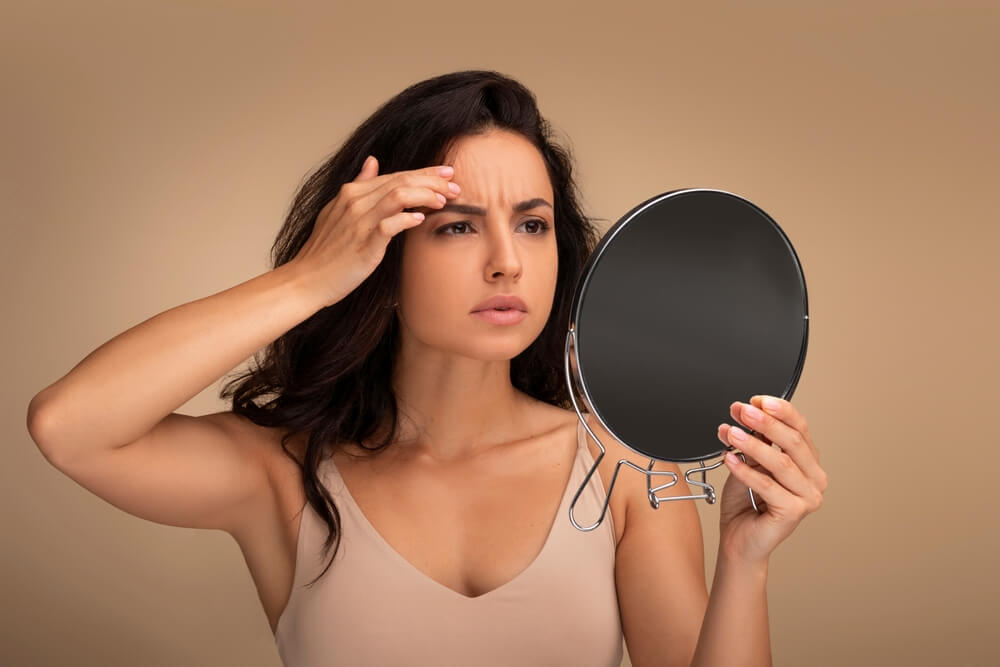It’s a tradition: in the new calendar year, we inevitably think about how to renew ourselves. Whether it’s what we eat, what we wear, or even a new career, January is a month for introspection and goal-setting.
If improving your appearance is one of your goals – for whatever reason – you may have thought about lasers. But which laser? It can be confusing. Lasers use a variety of technologies, each of which has a different name, and some lasers go by their brand name instead of the type of laser.
“The good news is that now, in the 2020s, we have multiple options to meet patients’ needs,” says Emily McKenzie, MD of Golden State Dermatology in Alamo. “However, the plethora of choices can lead to some confusion about what type is best for which conditions.”
Why Lasers?
First, let’s talk briefly about who should consider laser skin treatment, instead of or in addition to any other type of treatment.
“In general, when we hear patients express concern about aging skin, pigmentation issues, or scarring, we start the conversation on lasers,” said Jeff So, PA-C of Moy Fincher Chipps in Los Angeles, A Golden State Dermatology.
Laser technology, whether through light or heat, is a catalyst for your skin’s power to increase collagen and elastin. Collagen and elastin work together: collagen for strength and resilience, and elastin for flexibility. We tend to hear more about collagen, perhaps because 90% of the skin is made of collagen fibers with elastin making up the remaining 10%.
What Kind of Laser? Light, Medium, or Deep
Because lasers penetrate the skin (without surgical instruments!), it makes sense to talk about them in terms of depth of treatment: light, medium, or deep.
The Light Touch
- Best for: improving skin tone, texture, light wrinkles or discoloration, skin tightening.
- Recovery: In fact, these treatments are sometimes known as “lunchtime” treatments because there’s no swelling or redness.
- Common Types:
- Low-level laser therapy (LLLT), like Clear + Brilliant (which uses AI)
- IPL (Intense Pulsed Light), like IPL Fotofacial
A Happy Medium
- Best for: Fine lines, moderate wrinkles, and moderate levels of pigmentation.
- Recovery: Expect some redness and peeling, with some extra sensitivity.
- Common Types:
- Fractional laser resurfacing (ablative and non-ablative), like Fraxel Dual Laser
- Erbium laser
- CO2 laser (fractional or traditional), like FX Laser Resurfacing
Deeper Treatments
- Best for: Deep wrinkles, scars, certain types of pigmentation, and tattoo removal.
- Recovery Time: The recovery from these deeper treatments can include redness, rawness, and tenderness for days to weeks after an ablative procedure. Often, it’s recommended to have a series of these procedures, so if you’re counting the recovery time in between them, the whole process can last a few months with on-and-off recovery periods.
- Common Types:
- Ablative CO2 laser (traditional)
- Ablative Erbium-YAG laser
- Fractionated ablative lasers
- Picosure
“Lasers are amazing tools,” says Dr. McKenzie. “But they require guidance. When in doubt, or even if you’re curious, talk to a dermatologist. We can help you choose the best tool, or combination of them, for your concern.”
To book a consultation or your next laser treatment, call your closest GSD clinic. Find a clinic near you here.







